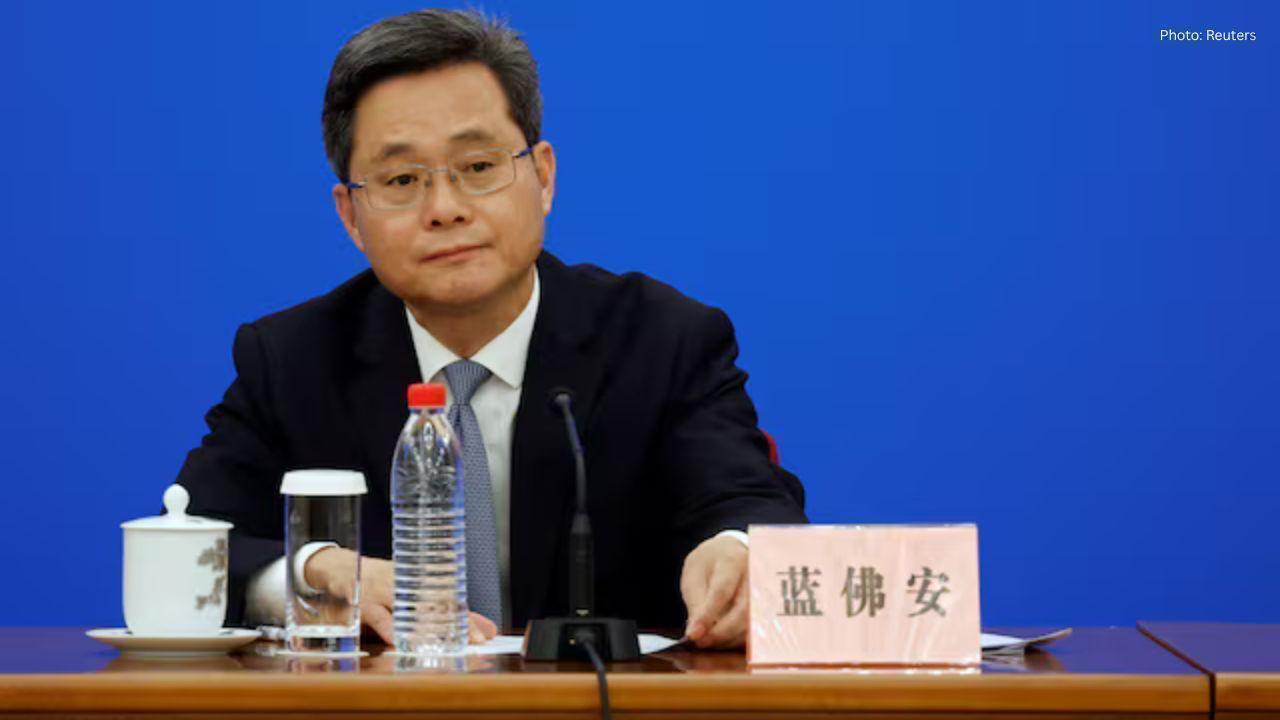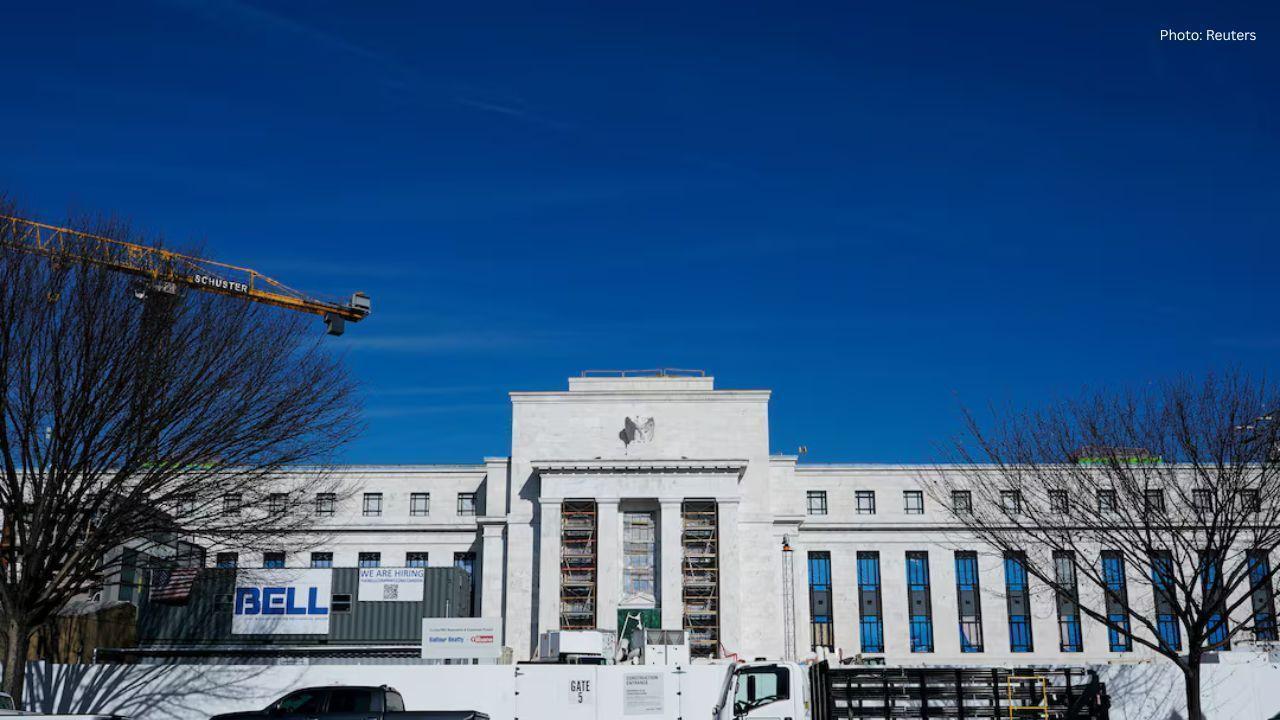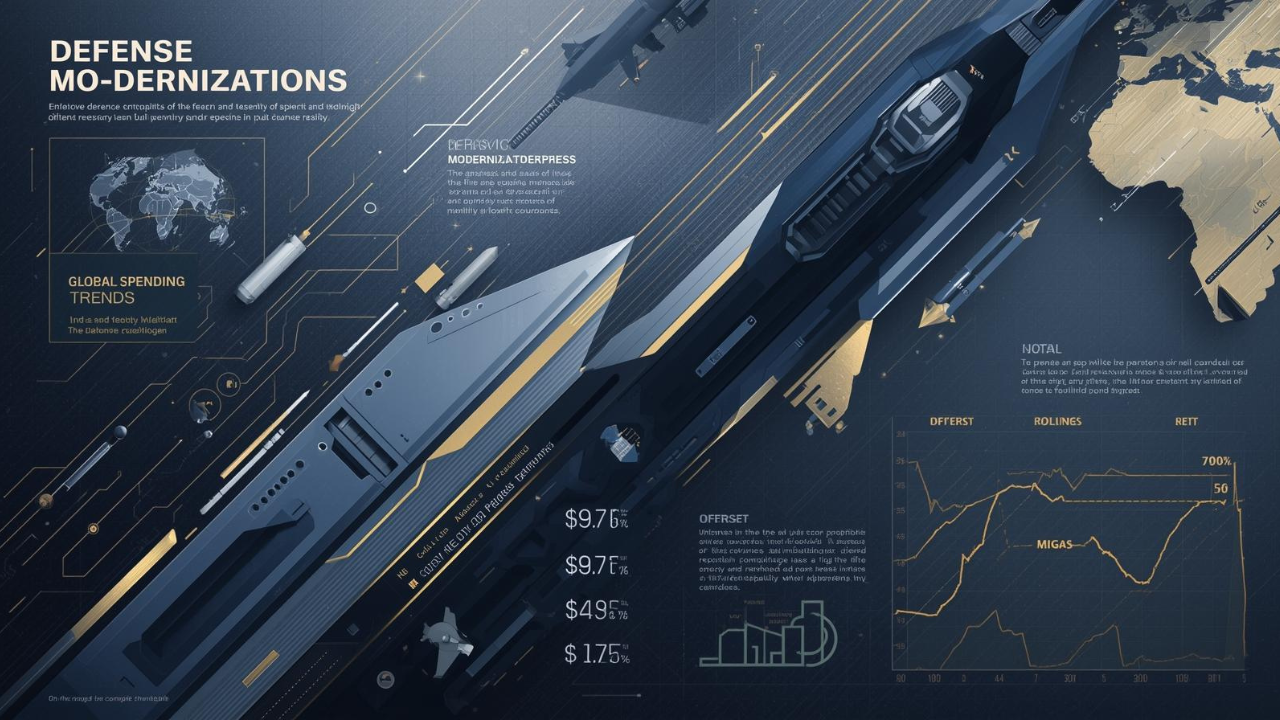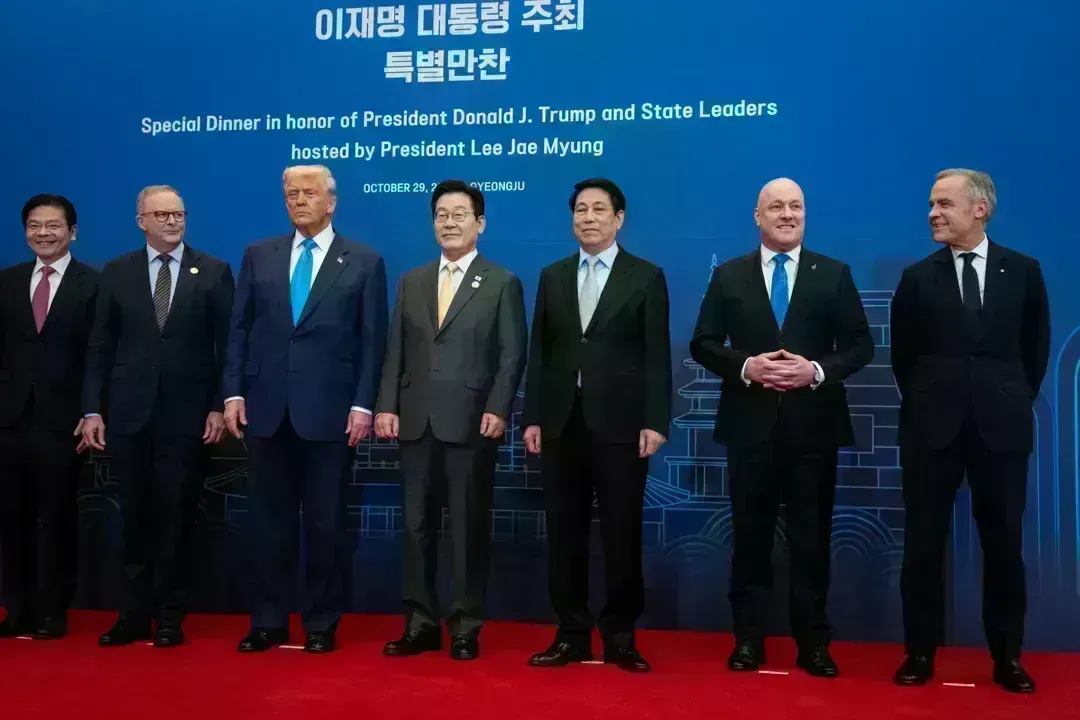
Post by : Ramanpreet Kaur
America is facing a big problem at sea. Its shipbuilding power is getting weaker, while China’s shipyards are growing faster than ever. Today, China is the world’s number one shipbuilder, and the United States is falling far behind. To fix this, American leaders are now looking for help from two close allies—South Korea and Japan.
This week, two U.S. lawmakers, Senator Tammy Duckworth from Illinois and Senator Andy Kim from New Jersey, are visiting South Korea and Japan. Their main goal is to meet with the world’s top shipbuilders and talk about how America can work together with them. South Korea is the second-biggest shipbuilder in the world, while Japan is third.
The senators want to explore the idea of joint ventures. This means U.S. companies could partner with Korean and Japanese companies to build and repair ships together. These ships would not be warships, but support vessels like fuel ships, cargo carriers, and small boats for the Army. Such ships are very important because they keep the Navy’s combat vessels supplied and ready.
Senator Duckworth explained the urgency clearly: “We already have fewer ships now than we did during Operation Iraqi Freedom in 2003. Our shipbuilding capacity is aging, breaking down, and repairs are taking longer and costing more.”
President Donald Trump has been pushing hard to “Make American Shipbuilding Great Again.” He wants a strong plan to bring life back to U.S. shipyards, and he supports partnerships with foreign companies if they can help. The Pentagon has also asked for $47 billion in this year’s budget for shipbuilding.
But time is running short. A recent review showed that many U.S. Navy shipbuilding projects are already one to three years behind schedule. Meanwhile, China has just created the largest shipbuilding company in the world by merging two state-owned firms. This new company, the China State Shipbuilding Corporation, is building everything from aircraft carriers to nuclear submarines.
The numbers tell the story clearly:
In 2024, U.S. shipbuilding made up only 0.1% of global production.
China produced 53%.
South Korea and Japan followed as the second and third biggest shipbuilders.
This gap is alarming for many in Washington, who worry that if America does not act quickly, China will control the balance of power at sea.
There have already been some signs of progress. In March 2025, South Korea’s Hanwha Ocean finished repair work on a large U.S. Navy dry cargo and ammunition ship, the USNS Wally Schirra. This was the first project completed under a repair agreement signed with the U.S. Navy.
Hanwha’s parent company, Hanwha Group, also bought Philly Shipyard in Philadelphia last year. This is a major U.S. shipyard that builds large merchant vessels. The move is seen as a step toward stronger U.S.-Korea cooperation in shipbuilding.
Earlier this month, South Korea even proposed to invest $150 billion in the U.S. shipbuilding industry. This proposal was tied to trade talks with the White House, showing that Seoul is ready to play a big role in America’s shipbuilding revival.
Senator Duckworth also said she has spoken with Hyundai Heavy Industries, another Korean shipbuilding giant, about possibly investing directly in U.S. shipyards.
If the U.S. moves forward with these partnerships, it could help solve two major problems at once:
America’s own shipyards would get more investment, technology, and jobs.
The U.S. Navy would be able to repair ships faster and closer to the Indo-Pacific, instead of sending them all the way back home for long waits.
As Duckworth explained, “If we have to bring ships back to the U.S. to wait two years to be fixed, that doesn’t help the situation.” Repairing ships in South Korea or Japan could save valuable time and keep America stronger in the Pacific region.
The reality is clear: America cannot catch up to China’s shipbuilding numbers overnight. But by working with allies like South Korea and Japan, it can start to close the gap. These partnerships could bring new energy, investment, and capacity to U.S. shipyards at home while ensuring that the Navy’s support fleet remains ready.
The trip by Senators Duckworth and Kim shows that Washington understands the seriousness of the challenge. America’s maritime strength has always been a key part of its global power. Without urgent action, China could take the lead in ways that would reshape the balance of power in Asia and beyond.
For now, the question remains: Will these talks turn into real action, or will delays continue to hold America back? The future of U.S. shipbuilding—and America’s role as a leading naval power—may depend on the answer.
US shipbuilding, South Korea shipbuilding, Japan shipbuilding, US Navy, China shipbuilding










Advances in Aerospace Technology and Commercial Aviation Recovery
Insights into breakthrough aerospace technologies and commercial aviation’s recovery amid 2025 chall

Defense Modernization and Strategic Spending Trends
Explore key trends in global defense modernization and strategic military spending shaping 2025 secu

Tens of Thousands Protest in Serbia on Anniversary of Deadly Roof Collapse
Tens of thousands in Novi Sad mark a year since a deadly station roof collapse that killed 16, prote

Canada PM Carney Apologizes to Trump Over Controversial Reagan Anti-Tariff Ad
Canadian PM Mark Carney apologized to President Trump over an Ontario anti-tariff ad quoting Reagan,

The ad that stirred a hornets nest, and made Canadian PM Carney say sorry to Trump
Canadian PM Mark Carney apologizes to US President Trump after a tariff-related ad causes diplomatic

Bengaluru-Mumbai Superfast Train Approved After 30-Year Wait
Railways approves new superfast train connecting Bengaluru and Mumbai, ending a 30-year demand, easi